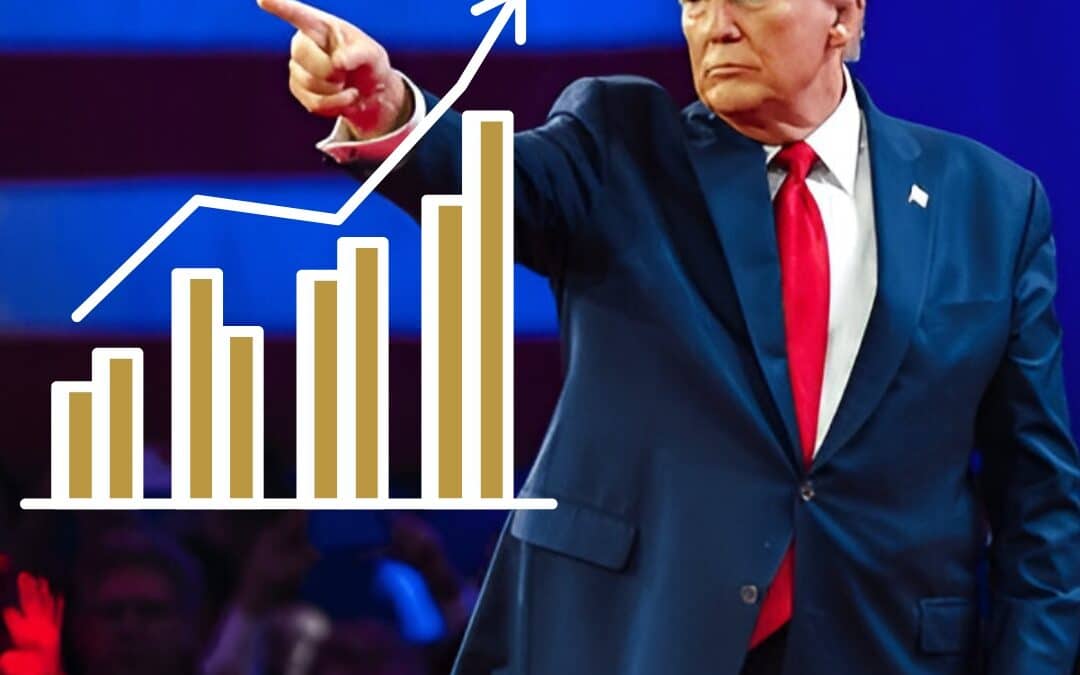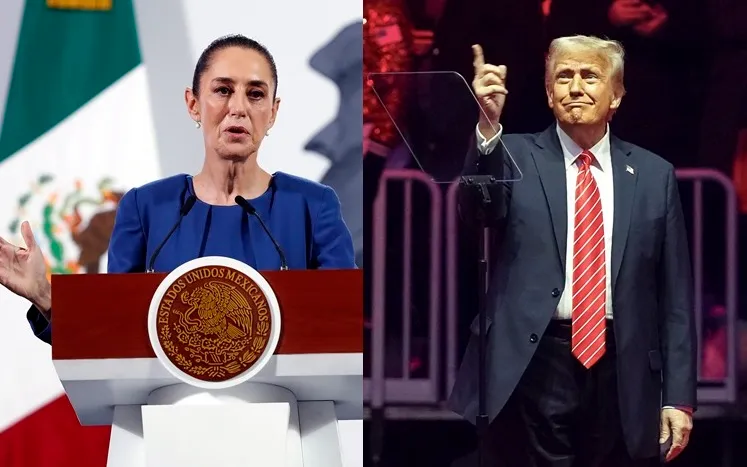
Trump’s Economic Reset: How a Strategic Market Slowdown Could Boost U.S. Power and Unlock Opportunity for Mexico
Trump’s Economic Reset: How a Strategic Market Slowdown Could Boost U.S. Power and Unlock Opportunity for Mexico
At KREAR, we view the current volatility on Wall Street not as economic chaos but as a carefully executed strategy. Behind the market’s turbulence lies President Donald Trump’s fierce plan to rebalance the U.S. economy, reduce dependence on debt, and reposition North America as a central force in global trade.
More Than a Market Dip: A Strategic Economic Reset
Unlike the stock market-driven optimism of Trump’s first term, his current approach embraces a controlled market slowdown. The underlying rationale is strategic: address two of the most pressing economic issues facing the United States today — an unsustainable sovereign debt burden and an overvalued U.S. dollar that weakens export competitiveness.
This is not a sign of dysfunction. It’s a deliberate economic reset through the following strategies:
Goal 1: Lower Interest Rates to Reduce the Debt Burden
According to Barron, the White House strategically navigates market pressure to prompt the Federal Reserve to lower interest rates. With 10-year Treasury yields dropping below 4%, the U.S. government can refinance its debt more affordably, reducing long-term fiscal strain.
Lower interest payments mean reduced deficits, more substantial financial flexibility, and less dependence on aggressive monetary expansion.
Goal 2: Weaken the Dollar to Attract Foreign Investment and Boost Industry
In parallel, the administration is actively working to devalue the dollar. A strong dollar hurts U.S. exports and discourages foreign investment. Trump’s plan combines interest rate cuts with targeted tariffs, intentionally weakening the dollar to make American goods more competitive and the U.S. market more attractive to foreign capital.
Reuters reports that this is part of a more expansive effort to move global capital flows back into the United States. The goal is to reinvigorate American industry without increasing the debt load.
Elon Musk and the Push for Government Efficiency
A key figure in this economic strategy is Elon Musk, who now leads the Department of Government Efficiency (DOGE). His proposed 50% budget cut to the General Services Administration (GSA) underscores a government-wide push toward leaner operations and more efficient resource use.
This signals a shift toward efficiency and liquidity, anticipating a tighter, more competitive economic environment.
A New Opportunity for Mexico and North American Integration
This strategy opens a historic window of opportunity for Mexico from our vantage point.
Under the USMCA (T-MEC) trade agreement, Mexico is exempt from new tariffs placed on many global exporters. This gives Mexican companies a unique competitive advantage:
-
They can export to the U.S. without added tax responsibilities.
-
American consumers benefit from stable prices and regional supply.
-
Businesses on both sides of the border can restore operations and build resilient supply chains within North America.


